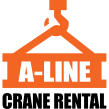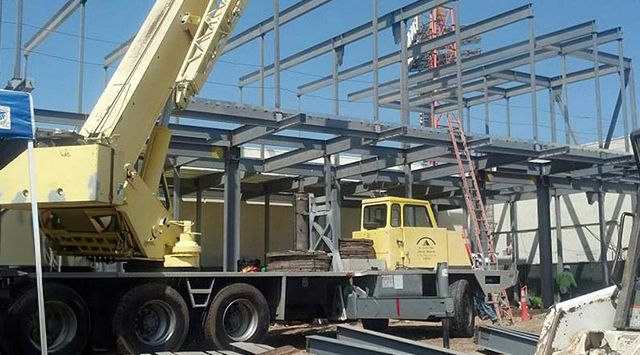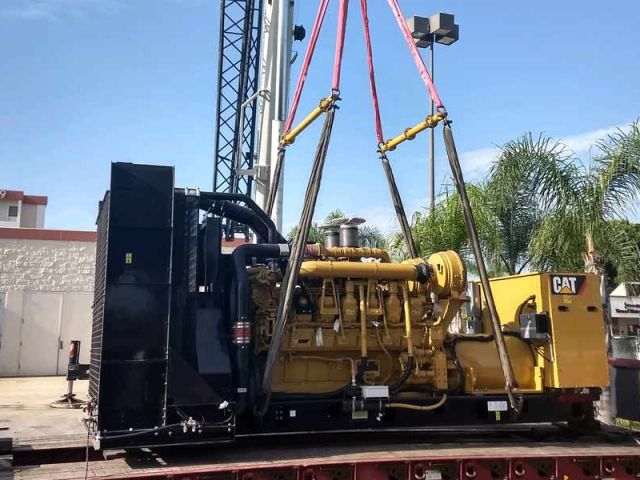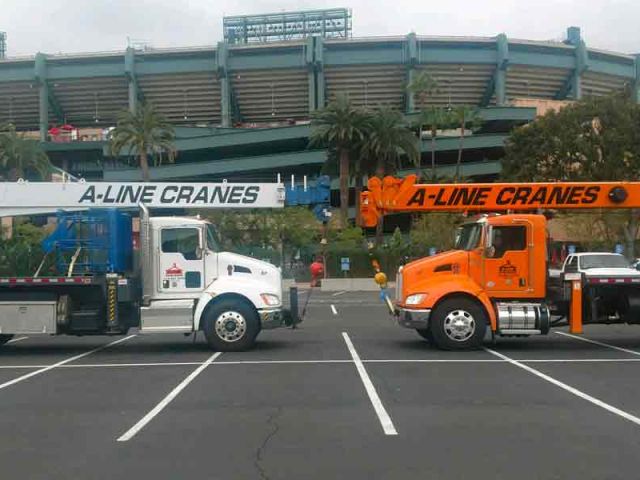Safety Tips for Installation of HVAC Units Hydraulic Cranes or Boom Trucks
Table of Contents

Safety Tips for Crane Installation of HVAC Units
Installing HVAC units, especially in commercial or industrial settings, often requires the use of cranes to lift and place heavy equipment on rooftops or other elevated locations. The complexity of such operations demands rigorous safety protocols to protect workers, pedestrians, and property. Here are essential safety tips for managing the risks associated with crane installation of HVAC units.
1. Pre-Installation Planning
Before any lifting begins, thorough planning is essential. This includes assessing the job site for potential hazards, determining the weight and dimensions of the HVAC unit, and choosing the appropriate crane and rigging equipment. A detailed lift plan should be developed, specifying the crane’s position, the route of the lift, and how the unit will be secured.
2. Choosing the Right Crane
Select a crane with the correct capacity and reach for the job. Factors to consider include the weight of the HVAC unit, the height of the building, and the distance from the crane setup area to the final placement location. Always refer to the crane’s load chart to ensure it can safely handle the load under the specific conditions of the job.
3. Rigging with Care
Rigging is a critical phase where the HVAC unit is attached to the crane. Use slings, shackles, and other rigging gear that are in good condition and rated for the load’s weight. The rigging should be configured to maintain stability and prevent shifting or slipping during the lift.
4. Conducting a Safety Check
Before lifting, perform a comprehensive safety check. This includes inspecting the crane and all rigging equipment for wear or damage, verifying communication devices are working, and ensuring all personnel are aware of their roles and the lift plan. It’s also crucial to check the weather conditions; high winds, rain, or lightning can make crane operations unsafe.
5. Securing the Area
Secure the lift area to protect workers and the public. Use barriers or markers to establish a safe perimeter around the crane and the lift path. Assign a qualified signal person to guide the crane operator and communicate with ground personnel throughout the lift.
6. Training and Certification
Ensure that all personnel involved in the crane lift, including the crane operator, riggers, and signal persons, are properly trained and certified. They should be familiar with the specific type of crane and rigging practices being used and understand their responsibilities in ensuring a safe lift.
7. Monitoring the Lift
Throughout the lifting process, continuous monitoring is crucial. The crane operator, signal person, and other team members should be alert to any changes or unexpected movements. Communication should be clear and constant, with the ability to stop the lift immediately if any safety concerns arise.
8. Installing with Precision
Once the HVAC unit reaches its destination, it must be carefully maneuvered into place. This often requires precise control and coordination between the crane operator and the installation team on the rooftop. Take the time to ensure the unit is properly aligned and secured before disconnecting it from the crane.
9. Post-Lift Inspection
After installation, conduct a post-lift inspection of the crane and rigging equipment. This helps identify any issues that may have arisen during the operation, ensuring they are addressed before the next lift. Contact A-Line Crane Rental to assist with your next HVAC lift.
Transforming Renovation and Retrofitting with Crane Technology Table of Contents The renovation and retrofitting industry plays a crucial role in…
The Role of Cranes in Streamlining Modular Construction Table of Contents Modular construction, a method where buildings are prefabricated in…
How Cranes Elevate the Roofing Industry Table of Contents In the roofing industry, efficiency, safety, and precision are key to…
Steel Erection Crane Company Table of Contents The Mobile Crane and Steel erecting In the construction industry, structural steel stands…
Building Material Crane Services Table of Contents In the fast-paced world of construction, the ability to move and manage building…
Safety Tips for Installation of HVAC Units Hydraulic Cranes or Boom Trucks Table of Contents https://www.youtube.com/watch?v=mJbQnarATPo Safety Tips for Crane…
Important Types of Crane and Rigging Equipment Table of Contents Are you gearing up for a major construction venture or…
What Is a Boom Truck? Table of Contents Exploring the Multifaceted Boom Truck: A Construction Workhorse In the dynamic world…








